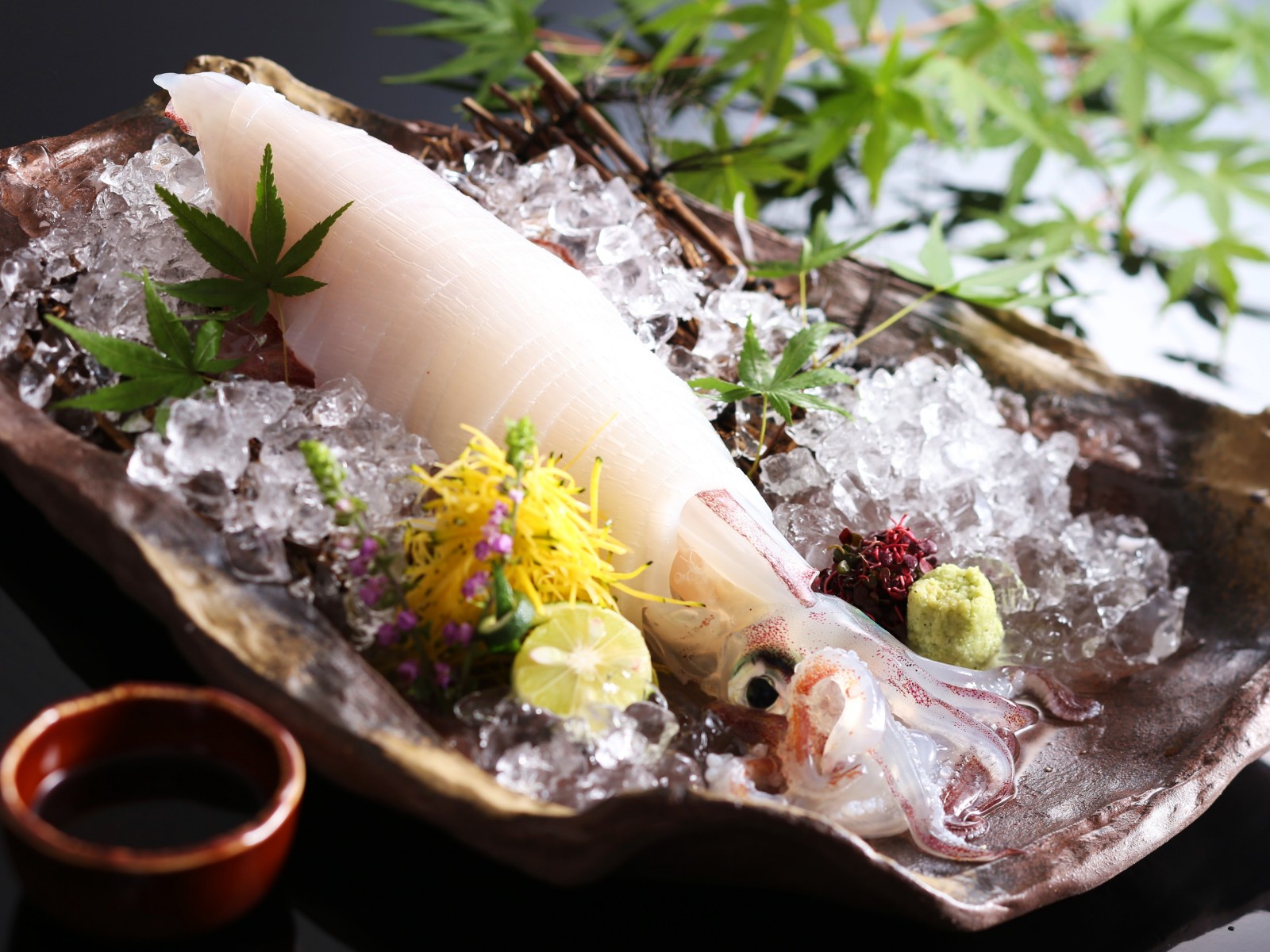NIPPONIA HOTEL Takehara Shiocho” is a decentralized hotel that was born from the restoration of a guest room building and a reception building in Takehara City, Hiroshima Prefecture, which has been selected as an Important Preservation District for Groups of Traditional Buildings, while respecting the historic nature of the buildings and maintaining their original atmosphere.
From February 10, 2024, the “Former Morikawa Family Residence,” a designated Important Cultural Property of Takehara City, Hiroshima Prefecture, has been opened as a front desk and club lounge, as well as a café open to non-staying guests.
Front


Salt manufacturing towns flourished economically and culturally during the Edo period (1603-1868) when salt fields were opened. The owners of the salt fields (hama) were called “Hamasushi” (masters of the beach). Guests can check in while reminiscing about the lifestyle of the Hamasama and enjoying the view of the beautiful garden.
Club Lounge

Takehara is also a good place for sake brewing, and sake brewing has been active since the end of the Edo period (1603-1868), with some 30 breweries in the area at its peak. It is also the birthplace of Masataka Taketsuru, later known throughout Japan as the father of Japanese whiskey.
As a “SAKE HOTEL” rooted in such a place, we have prepared a lounge exclusively for guests. The lounge offers an exciting lineup of local sake and whiskey from a long-established sake brewery that has been in business for over 150 years, as well as soft drinks made from local fruits.
Cafe


Enjoy the “Takehara Opera,” a cake made with Takehara whisky, citrus fruits from the Setouchi area, and salt from Takehara, in a space that evokes a sense of history.
>Click here to make hotel reservations.

















































